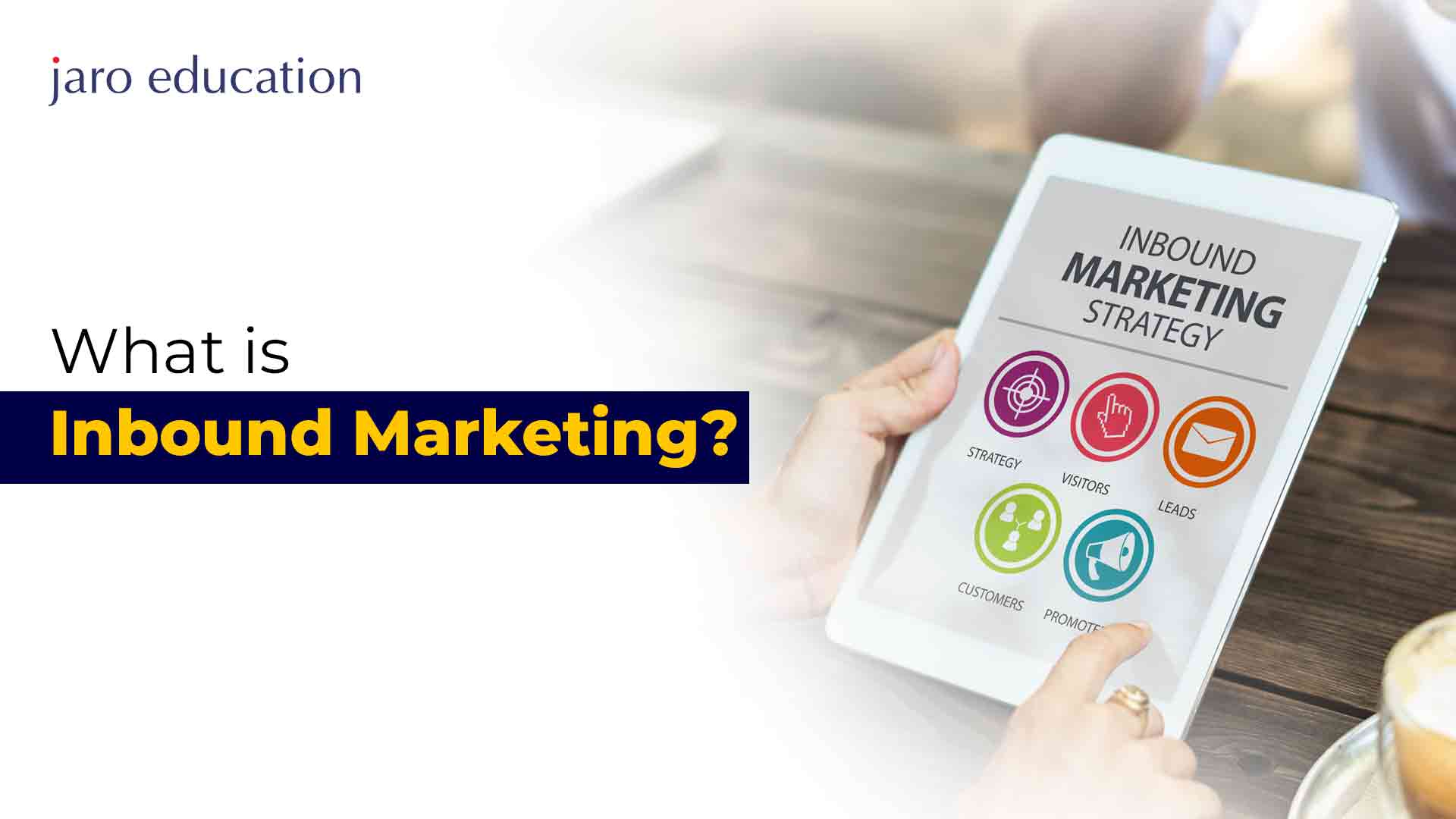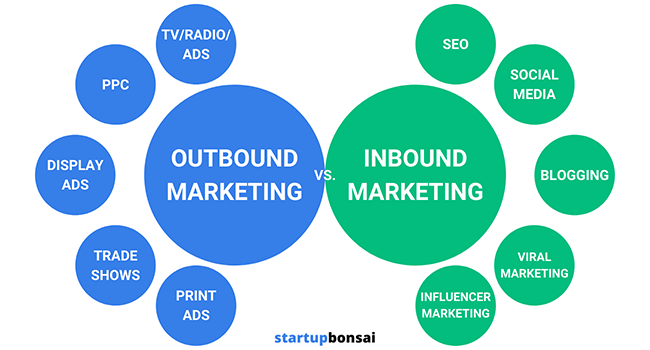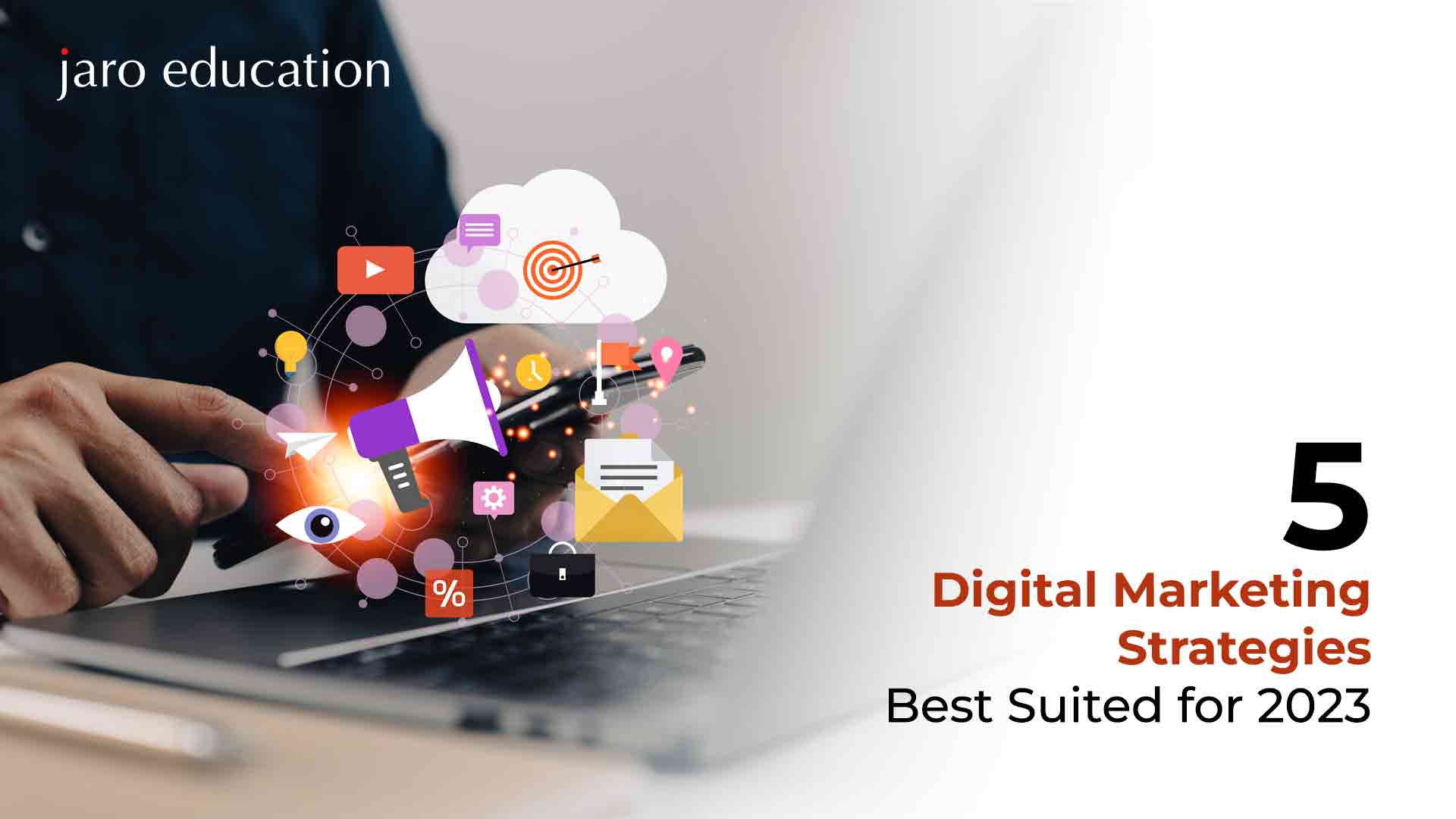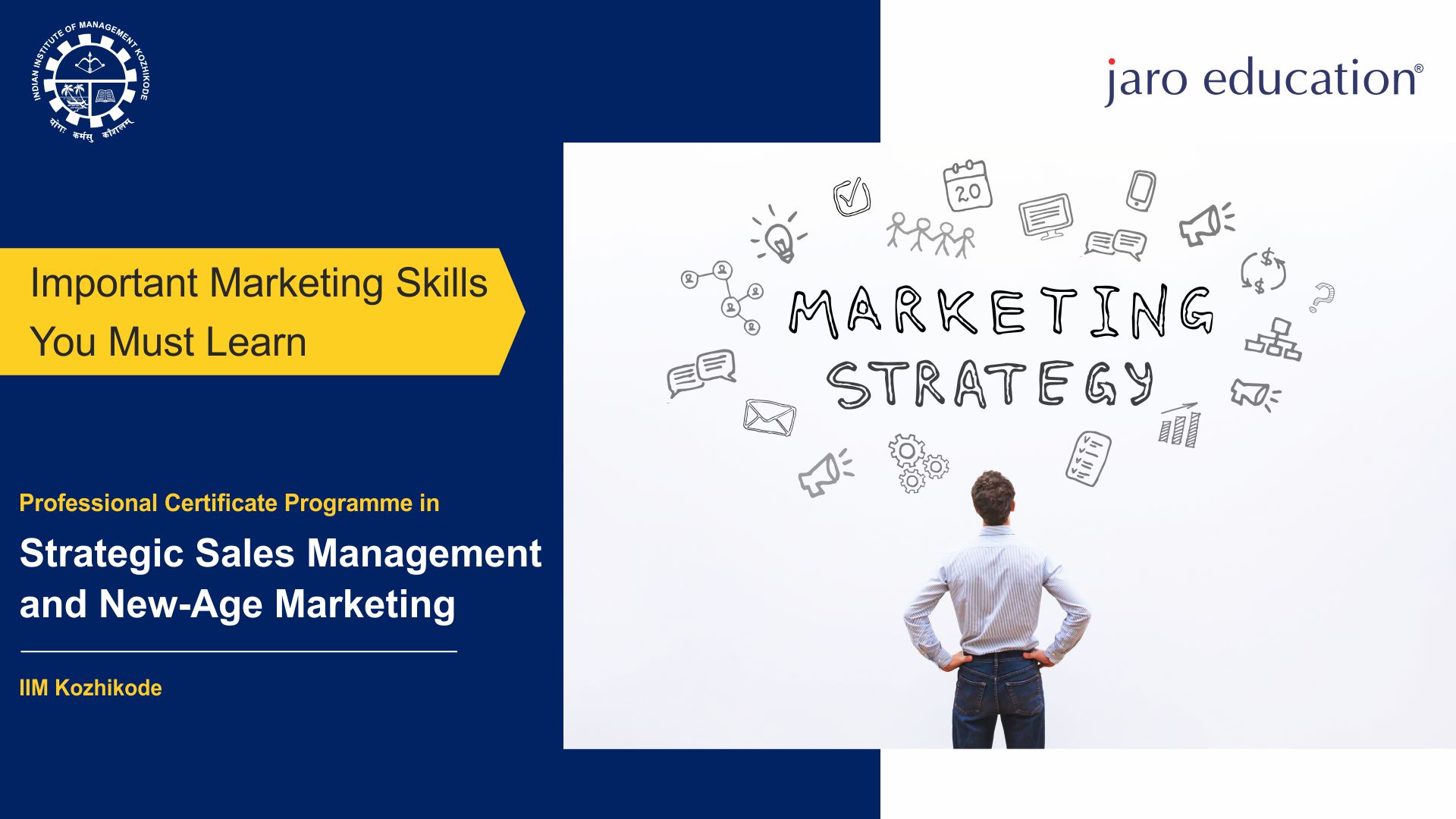
A planned approach to creating valuable content that meets the needs of your target consumers and promotes long-lasting client connections is called inbound marketing. The reason your customers choose you is because you offer resolutions to their problems. These solutions include a range of content distribution strategies across various platforms associated with your business with the goal of retaining customers across various stages of the buying process.
Active participation in a programme like the PG Certificate in Digital Marketing and Growth at IIM Visakhapatnam is essential if you want to succeed in the continuously evolving digital industry. This extensive 12-month programme provides you with the skills to overcome obstacles and advance your profession. By joining right away, you’ll provide yourself with the tools to reach to understand what is inbound marketing and to make use of it. Get ready to manage this dynamic field’s complexities and grasp success prospects. Don’t miss the opportunity to maximise the impact of this training and improve your inbound marketing understanding.
What is the process of Inbound Marketing?
Inbound marketing operates by focusing entirely on understanding and fulfilling customer needs in the present moment. It is not about merely placing your brand in front of customers; it involves being present and prepared when they actively search for the solutions you provide. The secret to an effective inbound marketing campaign is to create original content that appeals to your target audience.
Combining inbound marketing with outbound strategies yields optimal results. It’s important to recognise that relying solely on inbound marketing may be less effective than when complemented with outbound tactics. A strong inbound marketing strategy involves creating premium content that can be promoted through outbound channels. This way, you can build a repository of engaging and relevant content across all platforms. Your audience can discover it through search, while you can promote it as needed.
Your audience’s individual requirements and desires are satisfied through inbound marketing. It encourages customer involvement, starting them on the path to becoming purchasers and cultivating permanent client connections. For example, if you produce an ebook that your website visitors find useful, it’s possible that they will give you their contact information and turn you into clients. To help new prospects and consumers through the buying process, inbound marketing strategies can be effortlessly linked with marketing automation.
Table of Contents
Why should you use Inbound Marketing?
The potential clients you desire are out there today, asking questions. They are looking at ways to make their company better. They are thinking about making fresh purchases. They will eventually start seeking solutions, and your inbound marketing content may be just the tool they need. You can be an expert in your industry whether you own a small firm or a giant corporation. Day-by-day inbound marketing helps your target audience develop that perception. It’s the easiest and most natural way for people to discover and learn about your company. It can be the ideal addition to your current outbound marketing plan because it provides audience segmentation and smoothly links with marketing automation.
How to Launch an Inbound Marketing Campaign?
A successful inbound marketing strategy begins by understanding your target customers pertaining to the questions: Who are these customers? What are their queries? How can you provide value to your customers?
Your ultimate goal is to build a long-term tie-up with your customers by answering their questions and being helpful. To address these questions effectively, consider the following important aspects:
Content and SEO
High-quality, SEO-optimised content is crucial for inbound marketing. SEO helps your audience find your content, but it’s important to ensure the content itself is engaging and valuable. Create interesting inbound marketing content that connects with your audience and keeps them coming back by working with experienced authors, creators, and web developers and applying SEO visibility techniques.
Tools and Technology
Marketing automation can simplify the management of complex, multichannel inbound marketing campaigns. A powerful marketing automation platform makes campaign management and content creation easier. Use data analytics supported by marketing automation to acquire insightful knowledge on how your audience interacts with your content and to allow immediate changes in strategy.
Marketing and Sales Alignment
Inbound marketing revolves around building customer relationships. Consult your sales team to understand their customer connection strategies and check if they align with the trending strategies. This information will guide you in creating content that engages your marketing audience and leads them through the buying journey alongside your sales team.
Channels and Platforms
A strong online presence, including your website and social media, enhances the performance of your inbound marketing content. Your website serves as the face of your brand, often serving as the initial point of contact for potential customers. Test your calls-to-action, experiment with content placement, and create interactive elements. Focus on social media channels where the targeted audience actively engages with similar information.
Integrating with Outbound
Combine your inbound marketing strategy with traditional outbound marketing tactics. This makes it possible to clearly classify audiences, be it potential customers, current clients, or particular sectors and job roles.
Inbound Marketing for Small Businesses
Inbound marketing can be executed effectively on any budget, making it particularly suitable for small businesses. It is a cost-efficient approach that results in a repository of content that can be promoted for years through outbound methods. Small businesses often have closer relationships with their customers, enabling them to easily identify the types of content that resonate best with new audiences.
By considering these aspects, you can lay the foundation for a strong inbound marketing strategy that drives customer engagement and long-term success.
What makes Inbound Marketing and Outbound Marketing Different?
The significant difference between inbound marketing and outbound marketing lies in their approaches. While outbound marketing actively promotes a company’s products, inbound marketing concentrates on attracting potential customers to the business. Inbound marketing attempts to attract attention; outbound marketing frequently purchases it.
Inbound Marketing
Inbound marketing creatively uses owned and earned media to engage potential customers. A company’s website, social media profiles, blogs, product pages, and YouTube channels are owned media examples. Businesses are free to choose the content they want to share, how they want to share it, and when they want to share it.
Earned media is the coverage that a business earns due to its hard work. In offline mode, this includes traditional coverage in newspapers and magazines. It comprises mentions on social media, participation in online forums, and reviews, which are frequently obtained through digital PR.
Outbound Marketing
On the contrary, outbound marketing is closely associated with paid media. This includes traditional offline advertising, pay-per-click (PPC) and display advertising, and paid emails. Paid media includes social media advertising, such as Facebook advertising or boosted Twitter posts. The effectiveness of inbound marketing initiatives can be successfully increased by social media advertising, even though it is typically linked with outbound marketing. Platforms like Facebook allow businesses to promote their content and campaigns to their target audience, regardless of how niche they may be.
Benefits of Inbound Marketing
As it uses earned media, inbound marketing has an array of benefits discussed in this section.
Reach the right audience in the right place to generate quality traffic
You may concentrate on connecting with the specific audiences who match your target customer profile through inbound marketing. Your chances of turning those visitors into clients can rise if you focus on bringing in relevant traffic. By using this strategy, resources that would otherwise be used to obtain unqualified leads are saved.
Increase of trust
Instead of blatantly pushing sales, inbound marketing places an emphasis on giving potential customers useful information and tools. You may establish credibility and encourage trust with your audience by establishing your brand as a trustworthy and reputable resource. They are more inclined to choose your brand when purchasing because you have earned their confidence.
Protect from over-reliance on one channel
Utilising only one marketing channel can be dangerous. Diversifying your traffic sources, such as organic search, social network recommendations, and inbound links from other websites, is encouraged by inbound marketing. By distributing your efforts across several channels, you reduce your dependence on any one platform and minimise the risks associated with it
Considerations of Inbound Marketing
Measuring the effectiveness of inbound marketing and demonstrating ROI can be difficult. It’s important to define clear metrics and goals from the beginning. While tracking direct leads may not always be feasible, you can measure engagement indicators like resource downloads, video view duration, and social media growth. Align your measurement strategy with your objectives to set realistic expectations and gauge success accurately.
Inbound marketing is a long-term approach that requires planning, implementation, and refinement over time. It can be resource-intensive, involving various roles like content creators, designers, developers, outreach specialists, and social media marketers. However, investing in a well-executed evergreen campaign can yield ongoing value and benefits for an extended period.
Different Examples of Inbound Marketing
Several instances of Inbound Marketing are used by various companies to make it a successful effort. Some of them are described below.
Content hubs
Create comprehensive content hubs that offer how-to video guides, informative blogs, case studies, webinars, white papers, and related product information. These resources engage and educate your audience while positioning your brand as an industry thought leader.
User-generated content and social media campaigns
Encourage your audience to contribute user-generated content, such as participating in photography competitions or sharing their reviews. Leverage social media platforms to amplify these campaigns and generate buzz around your brand.
Interactive online content
Collaborate with related businesses influencers or platforms to create interactive online content pieces, such as quizzes, calculators, or virtual experiences. This partnership not only enhances your digital PR but also provides promotional opportunities by reaching wider audiences.
Blogging on your company website
Regularly create high-quality blog content that addresses your target audience’s pain points, interests, and questions. By providing valuable information and insights, you attract organic search traffic, position your brand as an authority, and nurture relationships with potential customers.
Final Thoughts
The ability to contact a specific audience, develop relationships of trust, and diversify traffic sources are just a few benefits of inbound marketing. To optimise its efficiency, it needs an extended strategy and careful monitoring. The use of various inbound marketing strategies, including content hubs, content created by users’ campaigns, collaborative online content, and blogging, may boost engagement and create lasting connections with clients.
IIM Visakhapatnam offers an excellent opportunity to enroll in the PG Certificate in Digital Marketing and Growth course for a deeper understanding of inbound marketing. This extensive programme provides invaluable skills through interactive sessions taught by sector experts. Sign up for this course via Jaro Education to obtain a thorough understanding of inbound marketing methods and approaches to open up various opportunities. Take advantage of the course’s power to increase your knowledge and proficiency in digital marketing.









